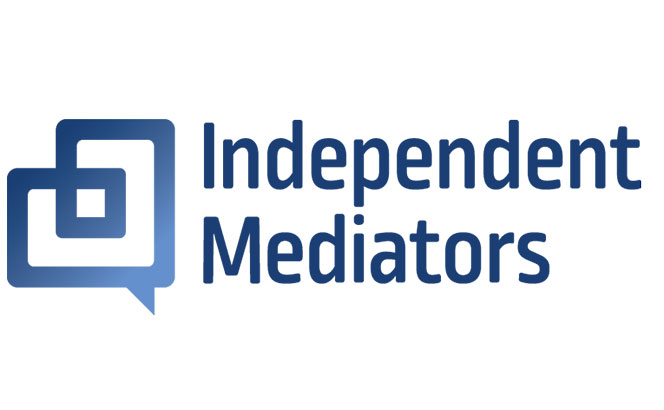
Michel Kallipetis QC was the International Academy of Mediators (IAM) representative at the drafting of the Singapore Convention. He provides a brief overview of the Convention and some analysis from a mediator’s perspective
The Grand Ballroom of the Shangri-La Hotel in Singapore was the proud setting for the momentous occasion on 7 August 2019 when the United Nations Convention on International Settlement Agreements Resulting from Mediation (Singapore Convention) was signed by no less than 46 states. It was a spectacular conclusion to three years’ work and consultation by UNCITRAL’ s Working Group II. Since then six other states have also signed. Notable signatories are the US, China, Russia and India; notable absentees at the moment are the UK, Canada, Australia and the EU. The Convention will come into force six months after three states have ratified the Convention. At the time of writing, two states have ratified the Convention: Singapore and Fiji. The Singapore Convention responds to the demand from a growing body of mediation users for an enforcement mechanism applicable to mediated settlement agreements in cross-border disputes. It is to be hoped that the UK, once untrammelled by the provisions of the European Union Treaty signed in Maastricht, will feel able to join the major economic trading nations and sign the Convention.







